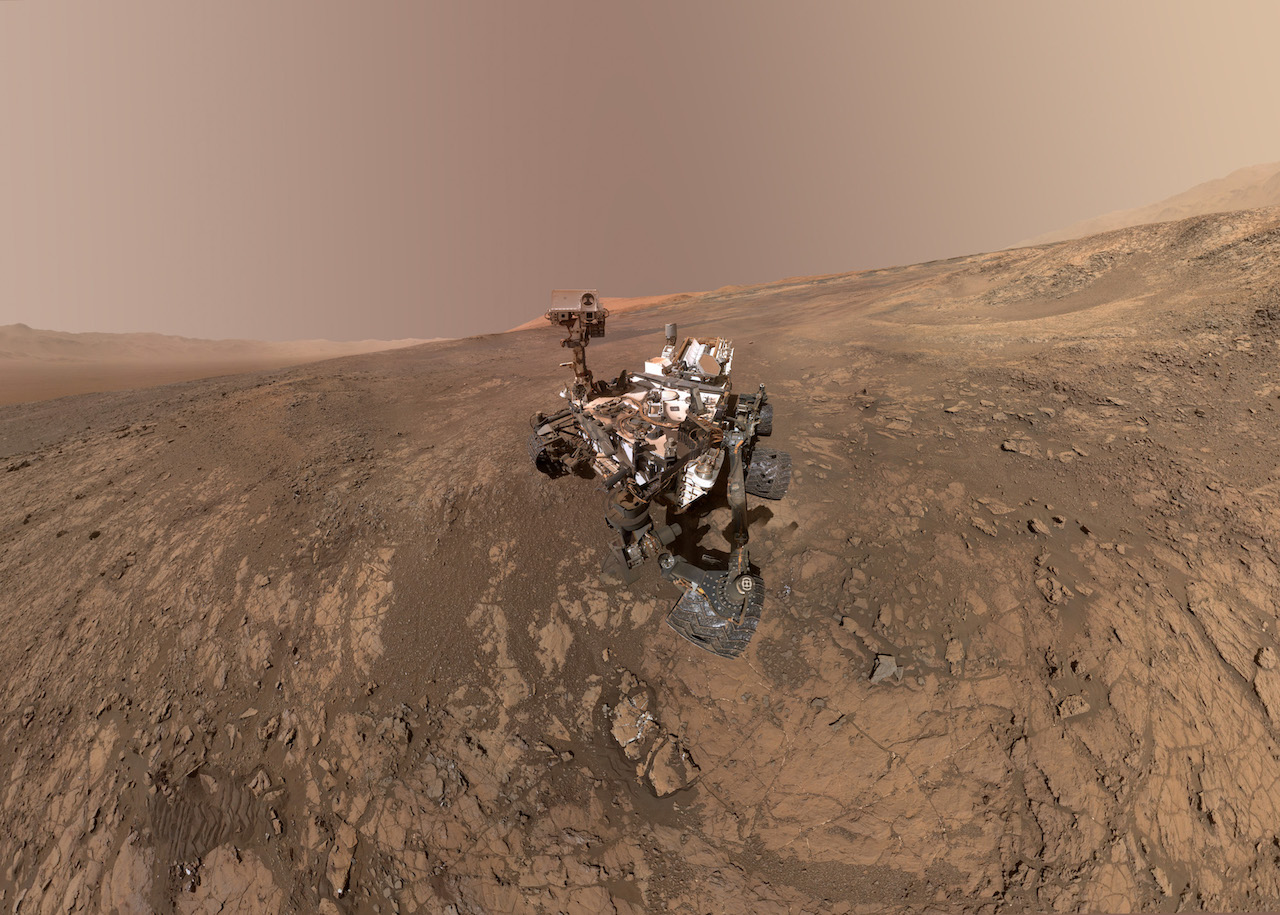
The Curiosity rover has been busy beavering away on the surface of Mars, collecting data about the local environment. Now a new study using Curiosity’s data has revealed clues that asteroid impacts may have made the planet habitable thousands of years ago, with liquid water on the surface.
The study used data from Curiosity’s SAM instrument (Sample Analysis at Mars) which analyzed samples which were either drilled from bedrock or scooped up from the surface. The instrument bakes the samples to a high temperature and checks for a chemical fingerprint of what gases are released, indicating what the rocks are composed of.
The SAM instrument found nitrites (NO2) and nitrates (NO3) in the samples from the Gale Crater. These two forms of nitrogen are important as they allow life as we know it to develop. But there are only low levels of nitrogen in the Martian atmosphere, so where did these nitrates come from?
To study this question, researchers recreated the conditions on Mars here on Earth. They aimed an infrared laser beam pulse and a flask containing hydrogen, nitrogen, and carbon dioxide, to simulate what would have occurred when an asteroid impacted the early Martian atmosphere. This created the nitrates similar to those discovered by Curiosity.
“The big surprise was that the yield of nitrate increased when hydrogen was included in the laser-shocked experiments that simulated asteroid impacts,” Dr. Rafael Navarro-González of the Institute of Nuclear Sciences of the National Autonomous University of Mexico and the leader of the research team said in a statement. “This was counterintuitive as hydrogen leads to an oxygen-deficient environment while the formation of nitrate requires oxygen. However, the presence of hydrogen led to a faster cooling of the shock-heated gas, trapping nitric oxide, the precursor of nitrate, at elevated temperatures where its yield was higher.”
This is important as it supports the theory that the Martian atmosphere used to be thicker and would have warmed the planet. It could even have been warm enough for there to be liquid water on the surface.
“Having more hydrogen as a greenhouse gas in the atmosphere is interesting both for the sake of the climate history of Mars and for habitability,” Jennifer Stern, a planetary geochemist at NASA’s Goddard Space Flight Center in Greenbelt, Maryland, and one of the co-investigators of the study, said in the same statement. “If you have a link between two things that are good for habitability — a potentially warmer climate with liquid water on the surface and an increase in the production of nitrates, which are necessary for life — it’s very exciting. The results of this study suggest that these two things, which are important for life, fit together and one enhances the presence of the other.”



